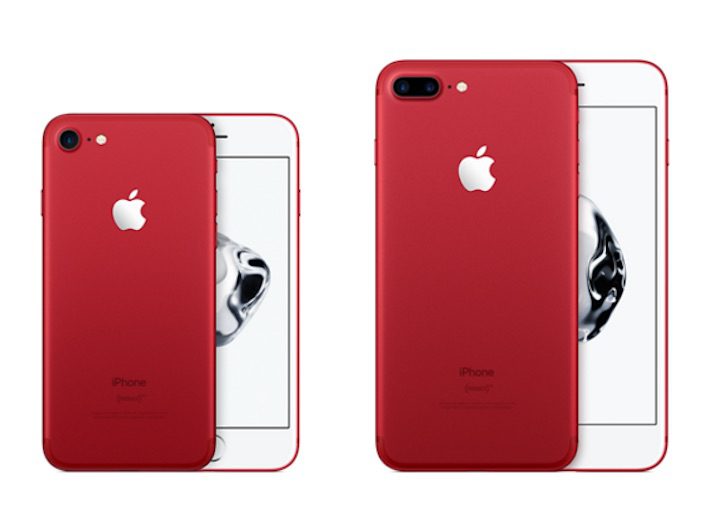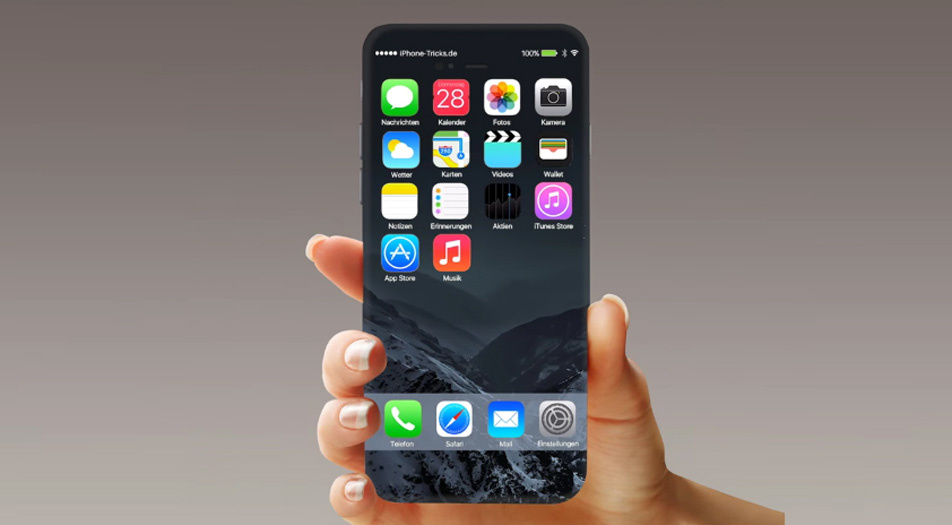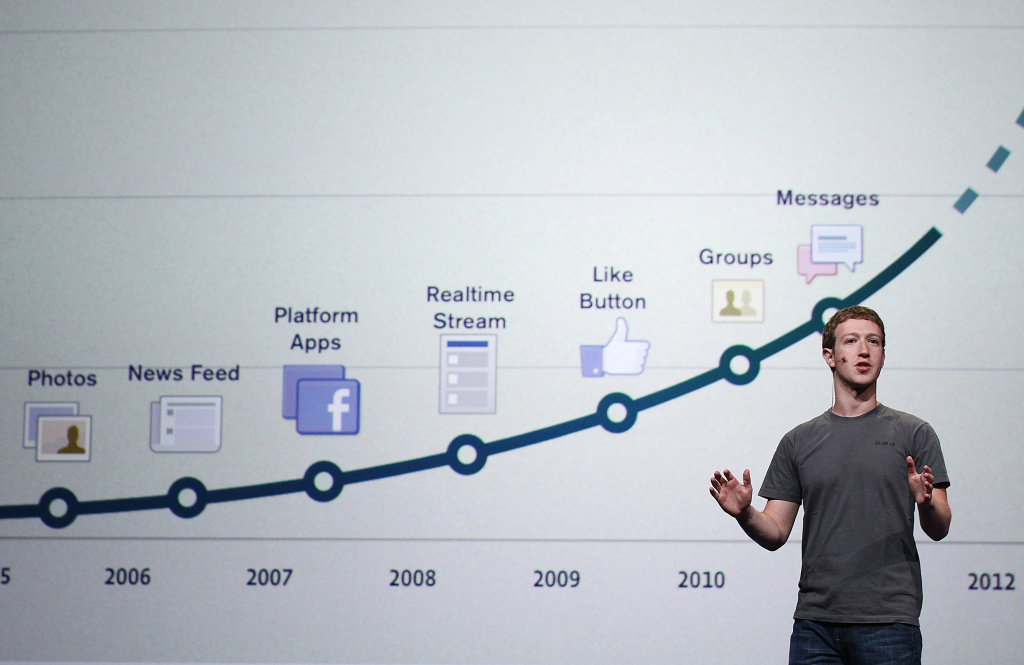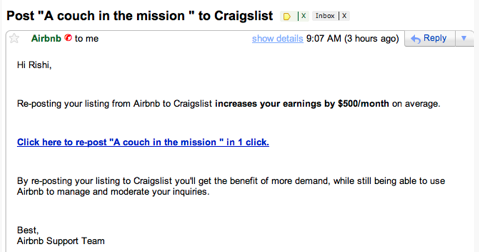Apple x (RED) (Updated for 2019!)
Apple fans all over the world were jolted into action earlier this week when tech giant, Apple, unexpectedly announced the release of a new iPhone, iPad, apps and accessories. What’s really interesting about this latest release, specifically for the iPhone, is that isn’t the tech that comes as a huge surprise, it’s the aesthetic.

The latest release of the iPhone possess the same hardware as the iPhone 7 and has been announced as “iPhone 7 and iPhone 7 Plus RED Special Edition.” The phone comes in a red aluminium finish and has been produced to commemorate more than 10 years of partnership between (RED) and Apple.
For those of you who don’t know (RED) is an organisation dedicated to making it easier for individuals and businesses to join the fight against AIDs, a disease that more than 37 million people are living with today. (RED) as a business and their partnership with Apple specifically is extraordinary as they together are seeking to engage the community in the battle against AIDs through new and more direct avenues.

In producing the iPhone RED Apple seeks to give their customers an unparalleled channel to bring the world a step closer to eradicating AIDs and Apple isn’t alone in doing so. Coca-Cola, Beats, Starbucks and many more other globally known brands work in conjunction with (RED) to plan, create and implement projects to engage their audiences in contributing to the (RED) agenda.
The partnership between Apple and (RED) is one that should be celebrated and embraced as it is pushing our global community in the right direction. As the years go on we are seeing tech companies getting really involved with philanthropy and making conscious efforts to accept their responsibility to their customers as figureheads of society. We have seen this initiative being undertaken by the likes of Bill Gates, the founder of Microsoft, Marc Benioff, CEO of Salesforce (also associated with (RED)) and Mark Zuckerberg, the CEO of Facebook.
In light of this Apple is still expected to reveal a significantly upgraded iPhone later this year and the rumour mill for the “iPhone 8” is forever churning. To learn more about the Apple rumours read our post here.




